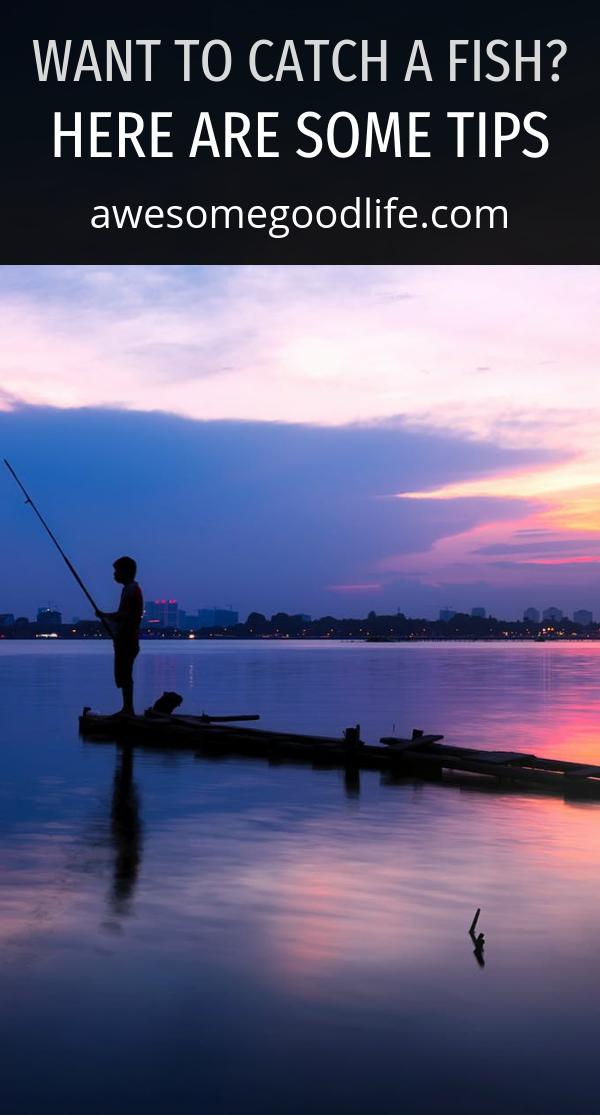In fishing, trout are one of the favorite ‘fishing friends’ of most anglers. These crafty fish are abundant anywhere. The native habitat of these crafty fish depends on the type of trout.
For brook trout, the native habitat includes the territory from Labrador westward to Saskatchewan, while the rainbow trout is a native of the Pacific slope from Alaska to California.

On the other hand, brown trout has found its way into the waters of every state in the United States except Florida, Arkansas, Kansas, Kentucky, Louisiana, Mississippi, Missouri, North Dakota, Oklahoma, and Texas. It has been reported in the waters of some of these states, but according to conservation officials, no authentic reports have been received. It is also found in many parts of Canada.
In trout fishing, there are some factors that need to be considered in order to have a successful catch.
1. For trout fishing, the leader should not be greased. It will not sink far enough to cause any difficulty when picking the line and lure from the water, but if it is allowed to float; it will cast a shadow on the bottom of the stream which may scare the trout.
2. The trout is one of the fishes that are usually secured through the use of the dry fly. For trout, the current, as well as the pools, should be fished. It may sometimes be a bit difficult to keep the fly from sinking or dragging because of the various conditions of the current, but this is a matter that the angler will have to figure out for himself.
3. It is not a good practice when fishing for trout to fish directly upstream so the flies, line, and leader will float directly over fish. The fisherman should make the cast from one side of the stream, so the fly will only float over the fish.
4. It is important to make the first cast the best. A feeding trout will usually strike the first lure presented if it is cast so that it will float over his private domain. The angler should never fail to fish the lower end of the pool first even if the trout are rising in the middle or upper end.

5. Trout are sometimes very moody or selective and will try the patience of any angler; hence, possibly a fly with less hackle will do the trick, or it may be necessary to use a spent-wing fly or a fan wing.
Indeed, catching trout fishes can be lots of fun. The anglers just have to remember these tips in order to have a happy catch.





